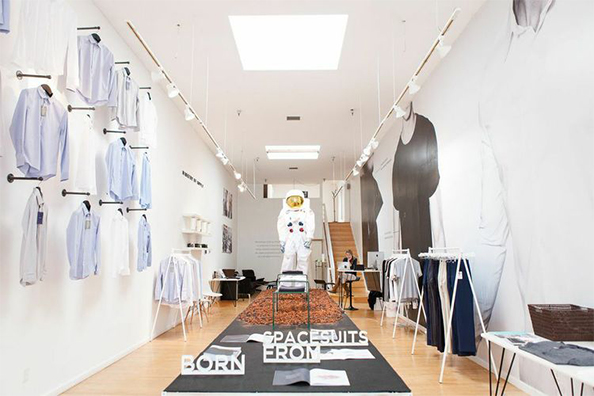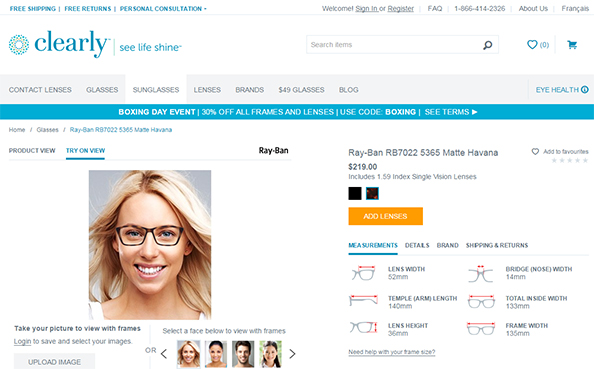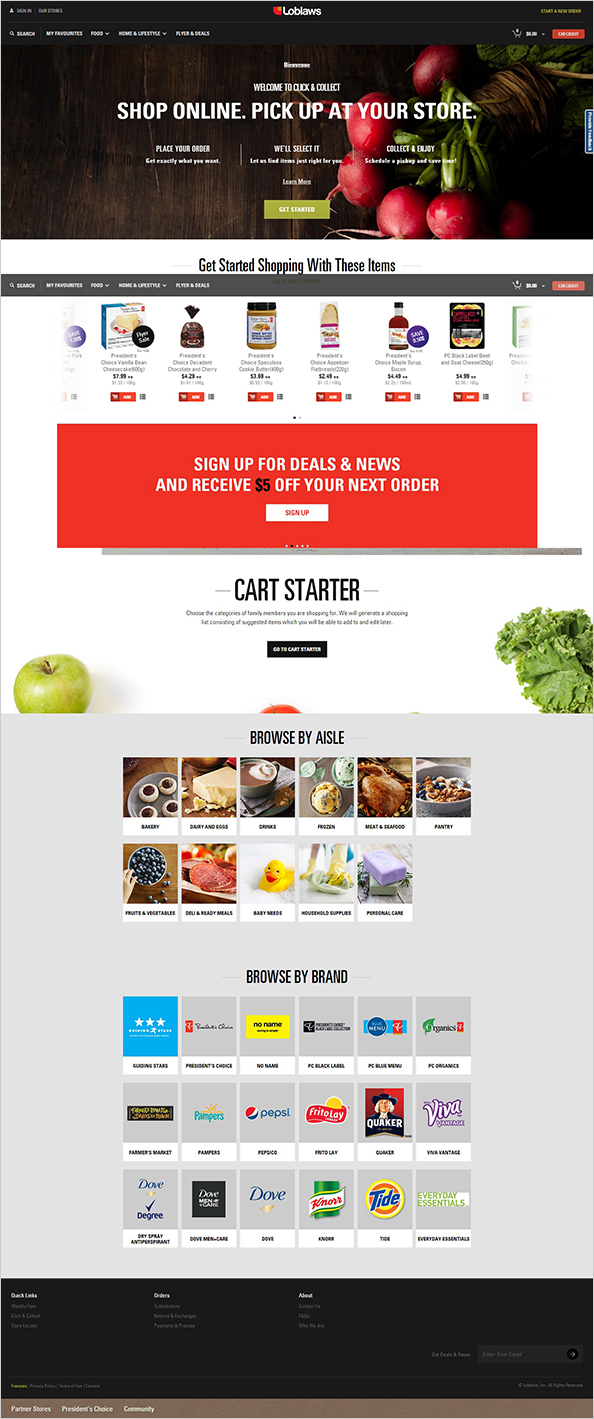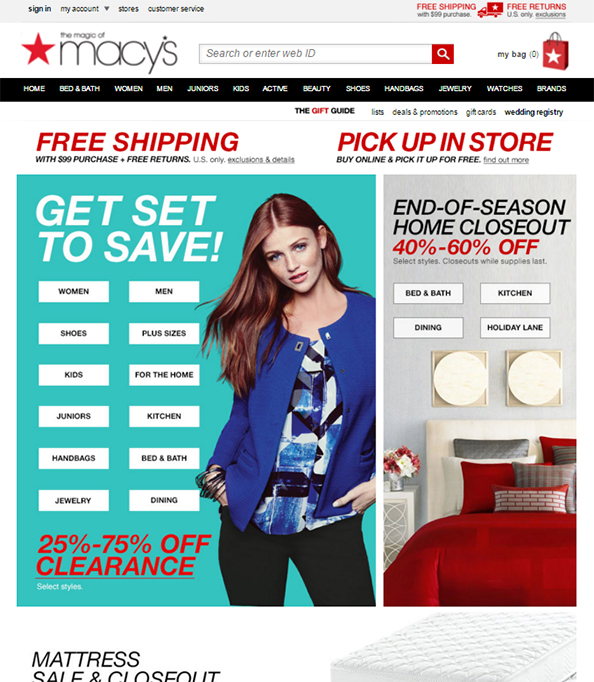The old saying, “The only thing constant in life is change,” really rings true when it comes to the ever-shifting e-commerce landscape. Major e-commerce merchants like Amazon are opening brick-and-mortar stores, while retail giants like Walmart are moving successfully into the online shopping market.
It isn’t just the giants who are fusing their online and offline sales channels. As e-commerce businesses like Vancouver’s online suit maker Indochino open showrooms, small brick-and-mortar retailers, like women’s fashion boutique Victoire, are starting to sell online, broadening their reach beyond purely local customers.
Online retailers are embracing physical sales outlets because it extends their online brands into the physical world, building buzz and real-world, organic visibility. As consumers spend more and more of their lives online, pleasurable real-life interactions have a stronger impact. Neuromarketing research consistently shows that our brains prefer physical marketing materials to digital ones, and it seems reasonable to extrapolate that the same holds true when it comes to pleasure (as opposed to task) shopping modes.
E-commerce retailer Ministry of Supply sells high-tech office wear online. It also operates pop-ups and has recently opened permanent showrooms in select cities.
Co-founder Kit Hickey explained the brick-and-mortar store’s place in the customer journey to DigiDay, “People have either encountered us online or read an article about us, and then when they see the storefront, they’re excited.” Hickey also believes that e-commerce merchants have a key advantage over traditional brick-and-mortar businesses, “When we open up a store in a big city, we already have a customer following. We have the data to know where our customers are.”

Source: ministryofsupplyblog.com.
Hey! The more senses involved, the more your brain pays attention
When Temple University’s Center for Neural Decision Making looked at responses to digital and physical channels, the part of the brain that best predicts a consumer’s future buying behaviour (the ventral striatum) lit up more strongly when presented with physical media. Not only was the reaction stronger at the time, but subjects tested a week later had a better memory of the physical media, and a bigger emotional reaction when thinking about it. The research showed that physical marketing materials caused more activity in brain areas associated with value and desire.
A recent whitepaper, A Bias for Action, looked at the biggest study to date on the relationship between the brain, physical marketing materials, and digital marketing materials. Once again, physical materials were more successful at tapping into the deep-seated neurological processes that trigger action.
It’s an omnichannel fusion retail universe
The more channels you can naturally engage your customers in, the better their shopping experience – and the more likely they will be loyal. In a Globe & Mail interview, Clearly CEO Roy Hessel discusses the online contact lens and eyewear vendor’s strategy, “When we talk about omnichannel, I think that we should look at it much more broadly than just the tension between website, mobile and the physical store. When I look at it, as a CEO of a mainly digital company, I look at it as a multidimensional approach.” Like many online retailers, the company has recently opened stores in its major markets. Clearly views the shops more as learning labs, where it can see how customers actually shop and test new ideas in a live environment.

Source: Clearly.ca.
Bonobos, another rising star in digital retail, has created physical stores and is marketing very successfully with catalogues. Andy Dunn, Bonobos CEO, explains his company’s decision to launch physical stores and market with catalogues to the Harvard Business Review, “In 2007 we said, ‘The whole world is going online only. All we’re going to do is be online.’ But what we’ve learned recently is that the offline experience of touching and feeling clothes isn’t going away.”
Vancouver’s online custom suit maker, Indochino, responded to customers who wanted to see and feel the fabrics with seven permanent stores in key cities, and regular pop-up stores in smaller markets. The retailer fuses social media, traditional media, and geo-targeted digital ads to market its permanent and temporary showrooms.
Toronto-based Brika, sometimes described as a curated Etsy, also anchors its online presence in the physical. Loyal fans can visit pop-up holiday stores in locations like the Hudson’s Bay, and take one-off craft workshops with favourite Brika makers in the fashion-forward Yorkdale Mall. It’s a great way to reinforce the online brand in the real world.
It goes the other way, too – fusion hits grocery chains
In the grocery market, the marriage of digital and physical is moving quickly. Services like Loblaw’s new Click & Collect let busy customers choose groceries online 24/7 and set a pick-up time. A store employee fills the grocery bags, and customers collect them at the most convenient store. Customers get everything they’d get in a regular shopping experience, except the chore of actually wheeling their cart around the store. They can still benefit from sales flyers, identical prices, and access to everything in the store – unlike older online grocery services.

Source: Loblaws.ca.
In the U.K., grocery chains have also added deliver-to-store partnerships with major e-commerce retailers. Shoppers can collect online purchases from several popular e-tailers while picking up their groceries.
Do you have an omnichannel strategy?
The venerable department store Macy’s thrives in its cutthroat sector through skillfully-integrated innovation. Starting in 2005, the company has invested heavily in its website and infrastructure to support all sales capacity. Research showed that customers using both sales channels were five times more profitable than online-only shoppers. In 2010, it got ahead of the curve by creating an omnichannel strategy with the goal of creating a seamless experience between online and offline shopping.

Source: macys.com.
Nearly every physical Macy’s location also functions as an omnichannel fulfillment center. This allows online shoppers to skip shipping charges by picking up their purchases in store – where they can then try them on for size and return them immediately at no cost. This ensures happy customers who can find the right item sizes with ease, or even find a better fit from the store’s inventory.
Fusing digital and physical sales channels, to give customers the seamless shopping experience that they increasingly expect, requires internal change. It’s necessary to abandon the traditional “waterfall” approach with one section of a company coming up with an idea or product and then sending it downstream for separate marketing and digital development. Digital and physical fusion calls for a deeper and broader integration from the very start – preferably with a team of experts from each area who will be part of the project’s success.
Today, the walls that once defined a business as physical or digital are crumbling. Customers expect to be able move from a catalogue to shopping on their smartphone, to have their purchases ready for pickup at their most convenient store or postal outlet with the option of returning it in store, hopefully accessing a better fit or colour from the store’s inventory. Your thoughtful digital-fusion strategy will become one of the pillars of long-term business health.